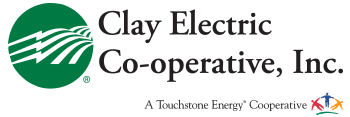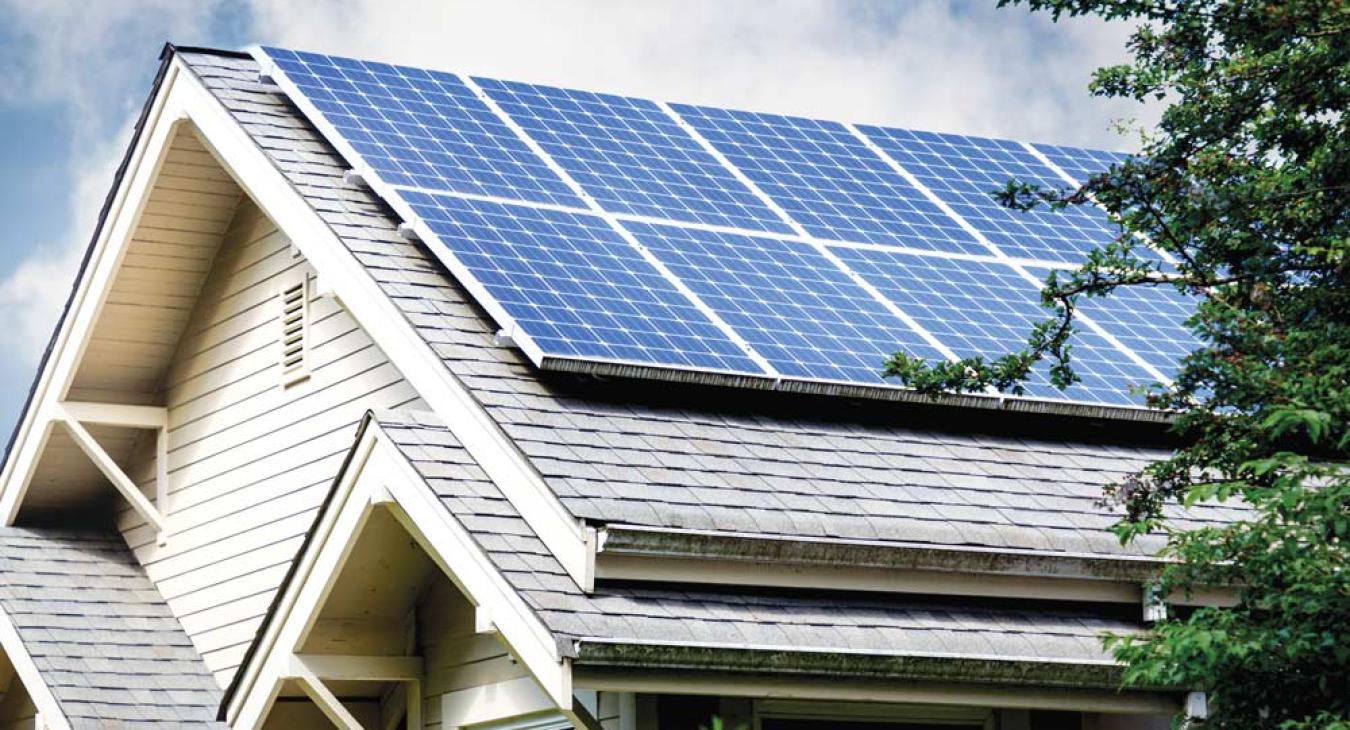Energy use generated by residential solar panel systems grew by 34% from 2.9 gigawatts (GW) in 2020 to 3.9 GW in 2021, according to data from the U.S. Energy Information Administration (EIA). (In case you are wondering, there are one billion watts in one GW. Also, 3.125 million photovoltaic [solar] panels are equivalent to one GW of power, according to the EIA.)
U.S. homeowners surveyed by the Pew Research Center in January 2022 demonstrated a strong interest in installing residential solar panels for their homes, with 8% stating they had already done so and 39% stating they had given it serious thought. Anyone seriously considering a residential solar panel system should do their homework first, as it is a big investment.
Benefits of home solar
According to energy.gov, the potential benefits of having a residential solar panel system include:
- Cost savings on energy bills
- Increased home value
- Reduction of carbon dioxide, water consumption, greenhouse gases and other pollutants
The benefits of solar can vary drastically based on:
- Electricity consumption
- Solar energy system type and size
- Whether a system is purchased or leased
- Direct hours of daily sunlight
- Size and angle of the roof
- Local electricity rates
Drawbacks of solar
The major drawback of home solar panel systems is the upfront cost. According to the National Renewable Energy Laboratory (NREL), the average cost of installing a residential rooftop solar array is $19,000. Additionally, every time your roof needs to be replaced, the solar array must be removed, reinstalled and often repaired, adding to the costs of both your solar panel system and roofing projects.
However, since the lifetime of a solar panel array and a roof are both roughly 25-30 years, energy.gov recommends that individuals consider replacing their roofs at the same time that they install the solar panel array to avoid staggered reinstallation and repair costs. For example, the NREL estimates that when installing a roof and a solar array together, it costs approximately $25,000 as opposed to $30,000 when installed separately (the price varies depending on the size of the home and other factors).
Involve your utility early on
If you are considering a solar system, let your utility know, since most residential systems are tied to the power grid. The utility will be able to provide information about connection requirements and fees, reliable contractors, relevant policies, accurate rates and other resources. For example, Clay Electric Cooperative does not have any application or grid access fees, but some other utilities might. CECI is also a Net Billing rate structure that differs from the Net Metering rate structures of an investor owned electric utility. These distinctions need to be modeled in your solar quote to adequately show a realistic financial outlook.
Are there tax breaks/incentives?
There is a federal tax break available to those who qualify. The federal residential solar energy credit is a dollar-for-dollar reduction in the amount of income tax otherwise owed. For example, claiming a $1,000 federal tax credit reduces federal income taxes by $1,000.
The residential tax credit can be claimed on federal income taxes for a percentage of the cost of a home solar panel system paid for by the taxpayer (e.g., a 30% tax credit). The best way to find incentives is to visit the Database of State Incentives for Renewables and Efficiency website at www.DSIREUSA.org.
Additionally, Illinois has its own solar incentive programs. When looking for solar installers, finding the right one to leverage all available incentives together for the best savings is imperative.
Homework assignment
In addition to contacting your utility, do the following:
- Review energy bills for the past 12 to 24 months to calculate the average monthly kilowatt usage.
- Assess the age, size and condition of your roof, as well as available ground space. This will help determine the best location for solar panel arrays.
- Hire qualified installers who are trained and certified to install solar.
- Get several quotes from multiple installers and ensure that all costs are factored into the quotes, including equipment, permitting, installation and inspection fees.
Going solar is a great way to harness energy from the sun; however, assess where it would be located, the size of the array required and the costs versus savings before considering having a home solar array installed.

